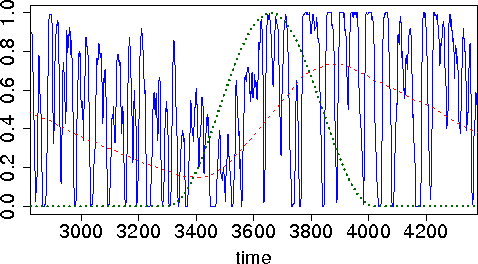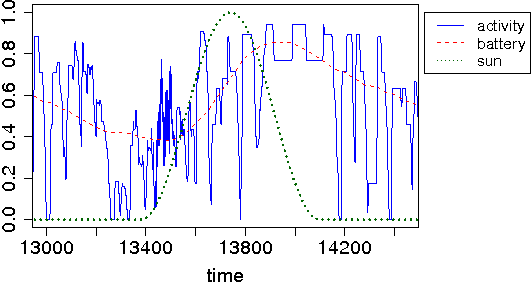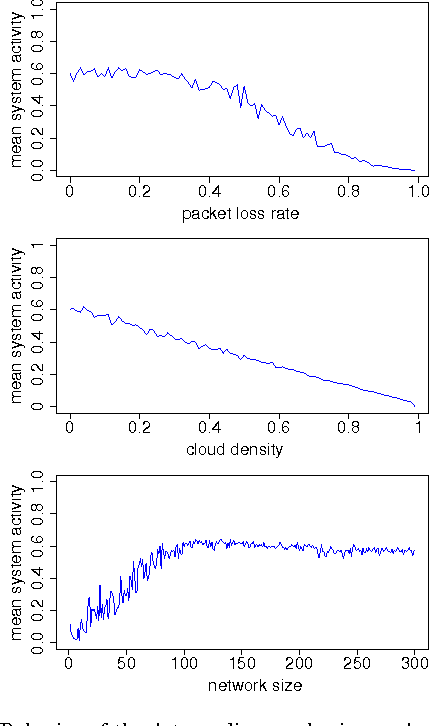Maria J. Blesa
Accelerating the k-means++ Algorithm by Using Geometric Information
Aug 23, 2024Abstract:In this paper, we propose an acceleration of the exact k-means++ algorithm using geometric information, specifically the Triangle Inequality and additional norm filters, along with a two-step sampling procedure. Our experiments demonstrate that the accelerated version outperforms the standard k-means++ version in terms of the number of visited points and distance calculations, achieving greater speedup as the number of clusters increases. The version utilizing the Triangle Inequality is particularly effective for low-dimensional data, while the additional norm-based filter enhances performance in high-dimensional instances with greater norm variance among points. Additional experiments show the behavior of our algorithms when executed concurrently across multiple jobs and examine how memory performance impacts practical speedup.
A Hybrid Evolutionary Algorithm Based on Solution Merging for the Longest Arc-Preserving Common Subsequence Problem
Feb 01, 2017



Abstract:The longest arc-preserving common subsequence problem is an NP-hard combinatorial optimization problem from the field of computational biology. This problem finds applications, in particular, in the comparison of arc-annotated Ribonucleic acid (RNA) sequences. In this work we propose a simple, hybrid evolutionary algorithm to tackle this problem. The most important feature of this algorithm concerns a crossover operator based on solution merging. In solution merging, two or more solutions to the problem are merged, and an exact technique is used to find the best solution within this union. It is experimentally shown that the proposed algorithm outperforms a heuristic from the literature.
A Protocol for Self-Synchronized Duty-Cycling in Sensor Networks: Generic Implementation in Wiselib
Oct 21, 2010



Abstract:In this work we present a protocol for self-synchronized duty-cycling in wireless sensor networks with energy harvesting capabilities. The protocol is implemented in Wiselib, a library of generic algorithms for sensor networks. Simulations are conducted with the sensor network simulator Shawn. They are based on the specifications of real hardware known as iSense sensor nodes. The experimental results show that the proposed mechanism is able to adapt to changing energy availabilities. Moreover, it is shown that the system is very robust against packet loss.
 Add to Chrome
Add to Chrome Add to Firefox
Add to Firefox Add to Edge
Add to Edge